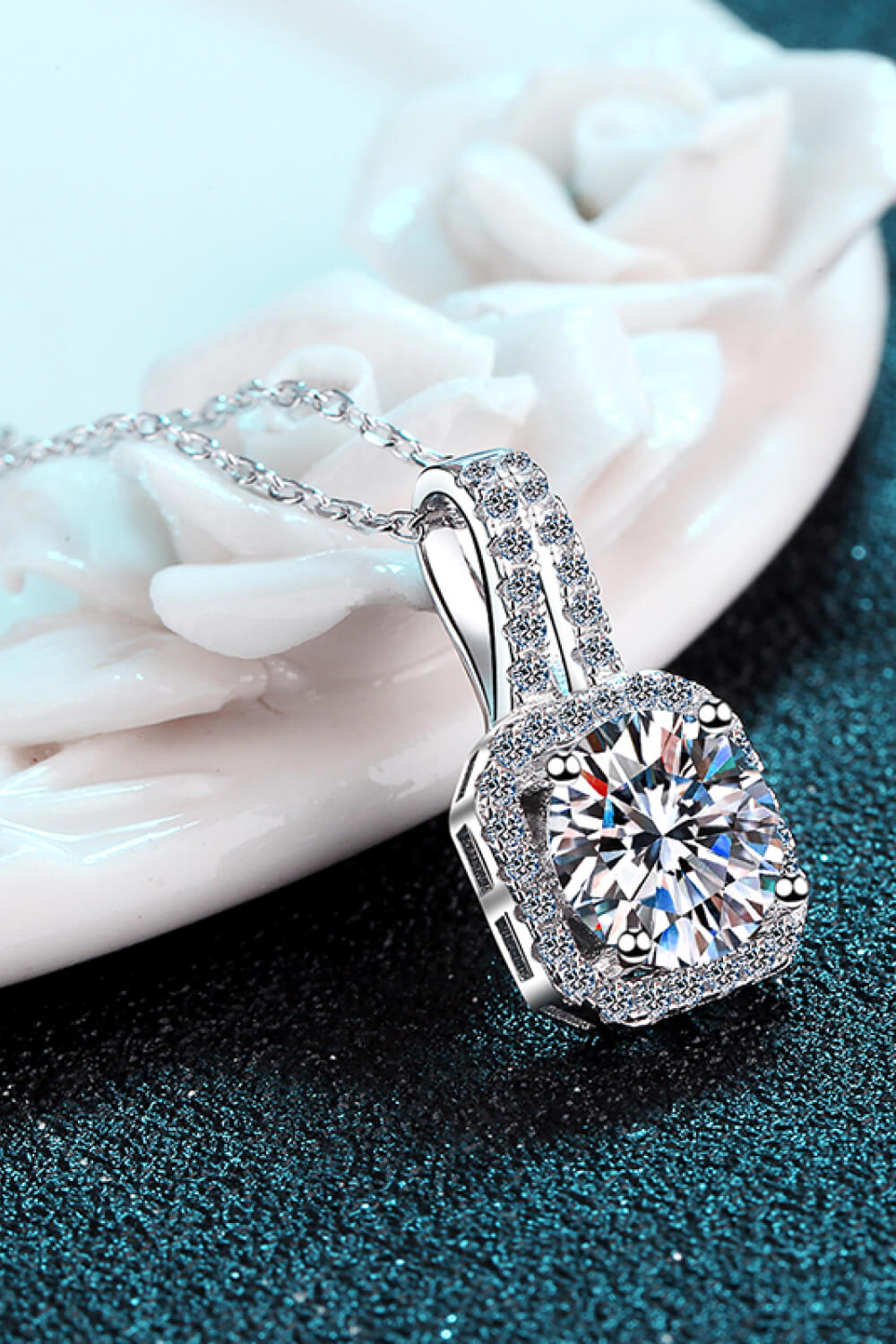- Free Shipping on Orders Over $99
- Up to 40% OFF on Selected Items
- 100% Secure Payment
Introduction:
A necklace is a classic piece of jewelry that has been adorning the necks of men and women for centuries. It is a versatile accessory that can elevate any outfit and add a touch of elegance and style. From simple chains to intricate designs embellished with gemstones, necklaces come in various styles and materials, making them a popular choice among jewelry enthusiasts.
History of s:
The Origin of s:
s have a rich history that dates back to ancient times. The earliest evidence of necklaces can be traced back to the Stone Age when people used natural materials like shells, bones, and stones to create simple neck adornments. These early necklaces were not just decorative but also held symbolic and spiritual significance.
s in Ancient Civilizations:
The ancient Egyptians were known for their elaborate and intricate necklaces. They used a wide range of materials such as gold, silver, and precious gemstones to create stunning pieces of jewelry. The Egyptians believed that wearing necklaces offered protection and brought good luck.
In ancient Rome, necklaces were a symbol of wealth and status. The Romans adorned themselves with necklaces made from gold, pearls, and other precious stones. These necklaces were often worn as a sign of social standing and were considered a status symbol.
Evolution of s:
As time passed, necklaces evolved in design and materials. During the Renaissance period, necklaces became more intricate and featured detailed craftsmanship. Pearls became a popular choice for necklaces during this time, and they were often worn by royalty and nobility.
In the Victorian era, necklaces took on a sentimental and romantic meaning. Lockets became a popular style, and people would often keep a small photo or memento inside the locket. s were also adorned with symbols like hearts, flowers, and birds, representing love and nature.
Types of s:
1. Chain s:
Chain necklaces are one of the most versatile and timeless styles. They consist of interlocking metal links that form a continuous chain. Chain necklaces can be worn alone for a minimalist look or layered with other necklaces for a trendy and fashionable vibe. They come in various lengths and thicknesses, allowing individuals to choose a style that suits their preference.
2. Pendant s:
Pendant necklaces feature a central decorative element, known as a pendant, hanging from a chain. Pendants can be made from various materials such as gemstones, precious metals, or even symbolic charms. They come in different shapes and sizes, adding a personalized touch to the necklace. Pendant necklaces are a popular choice for adding a focal point to an outfit.
3. Choker s:
Choker necklaces are designed to fit snugly around the neck. They are shorter in length compared to other necklace styles, typically sitting just above the collarbone. Chokers can be made from various materials like velvet, lace, or metals. They can be a statement piece on their own or can be layered with longer necklaces for a trendy and fashionable look.
4. Statement s:
Statement necklaces are bold, eye-catching pieces that instantly elevate any outfit. They are typically large and feature intricate designs, often incorporating gemstones, beads, or metals. Statement necklaces are perfect for special occasions or when you want to make a fashion statement. They can transform a simple dress into a glamorous ensemble.
5. Pearl s:
Pearl necklaces are timeless and elegant. They feature lustrous pearls strung together to create a stunning piece of jewelry. Pearls come in various colors, shapes, and sizes, allowing individuals to choose a necklace that suits their style. Pearl necklaces are a symbol of sophistication and are often worn for formal events or weddings.
Tips for Choosing and Caring for s:
1. Consider Your Style:
When choosing a necklace, consider your personal style and the occasion you’ll be wearing it for. If you prefer a minimalist look, opt for a simple chain necklace. For a formal event, a statement necklace or a pearl necklace can add a touch of elegance.
2. Choose the Right Length:
s come in various lengths, and choosing the right length can enhance your outfit. Longer necklaces are ideal for layering, while choker necklaces are perfect for adding a trendy touch. Consider the neckline of your outfit when choosing the length of your necklace.

3. Store Properly:
Proper storage is essential to keep your necklaces in good condition. Avoid tangling by hanging them or storing them in separate compartments. Consider using a jewelry box or a necklace stand to prevent any damage.
4. Cleaning and Maintenance:
Regular cleaning and maintenance will help keep your necklaces looking their best. Use a soft cloth to gently clean the necklace and remove any dirt or oils. Avoid exposing delicate necklaces to harsh chemicals or abrasive materials that may cause damage.
Conclusion:
A necklace is more than just a piece of jewelry; it is a reflection of personal style and can hold sentimental value. From its ancient origins to the modern designs of today, necklaces continue to be a timeless accessory that can enhance any outfit. With various styles and materials to choose from, there is a necklace for every occasion and individual preference. By following proper care and maintenance, you can ensure that your necklaces remain beautiful and cherished for years to come.